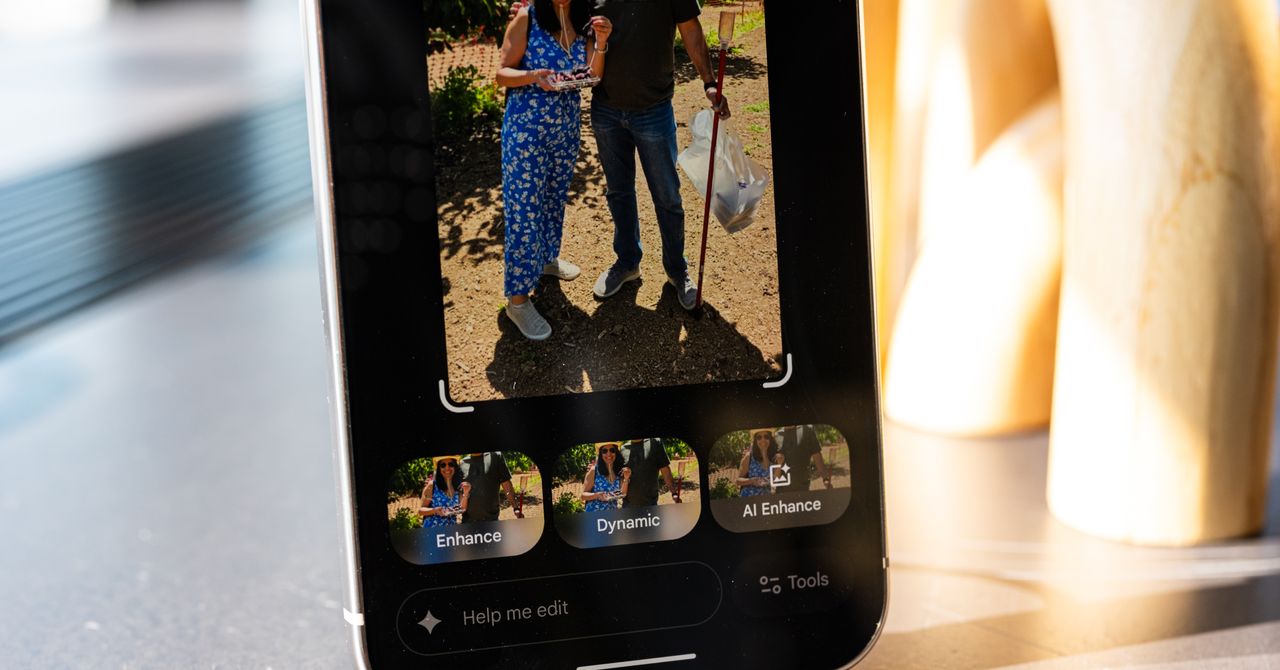Google Introduces Conversational Photo Editing in Google Photos

Key Points
- Google Photos now includes a conversational editing interface.
- Users can describe edits in plain language or via voice commands.
- The AI can adjust lighting, remove objects, crop, and add new elements.
- Initial rollout began on Pixel devices and expanded to compatible Android phones.
- Edited images carry metadata that signals AI involvement.
- The tool simplifies editing but lacks fine‑grained selective control.
- Early feedback highlights speed and ease of use for casual edits.
Google has added a conversational editing feature to Google Photos that lets users describe changes in plain language or voice commands. The tool, first seen on Pixel devices and now available on compatible Android phones, uses generative AI to adjust lighting, remove objects, crop, and even add new elements to images. It aims to simplify photo editing by removing menus and sliders, while also embedding metadata to signal AI involvement. Early impressions suggest the feature is intuitive and fast, though some limitations remain in precision editing.
Conversational Editing Arrives in Google Photos
Google has rolled out a new conversational editing capability within Google Photos. The feature allows users to type or speak natural‑language instructions—such as “fix the lighting,” “remove the plastic bag,” or “add King Kong climbing the Empire State building”—and have the AI apply the requested changes. Initially demonstrated on Pixel devices, the tool is now accessible on Android phones that support it.
How It Works
The system leverages generative AI to interpret user prompts and modify the image accordingly. Simple adjustments like lighting correction, background object removal, and cropping are handled automatically. More complex requests, such as expanding the canvas or inserting new subjects, are filled in by the AI with content it predicts should belong in the added space. Edits are applied to the whole image, and the tool does not currently support moving subjects within the frame.
User Experience and Performance
Reviewers note that the conversational editor eliminates the need to navigate multiple tabs, sliders, and menus. By tapping “Edit” in Google Photos, the AI prompt box appears immediately, providing context‑aware assistance. Users report that common commands execute quickly, turning tasks that previously took minutes into seconds. The feature also supports voice input, offering a hands‑free option for on‑the‑go editing.
While the tool delivers impressive results for many tasks, it has limitations. Precise control over selective adjustments—such as darkening highlights on a face while preserving shadows elsewhere—is less granular than traditional desktop editors like Photoshop or Lightroom. In some cases, the AI applies changes uniformly across the image, which can lead to unintended alterations.
Transparency and Ethical Safeguards
To address concerns about AI‑generated manipulation, edited photos include C2PA content credentials, IPTC metadata, and SynthID watermarks. These markers identify that AI was used in the editing process, helping downstream applications recognize altered media.
Implications for Everyday Users
The conversational editor is positioned as a practical tool for casual users who may lack technical photo‑editing skills. By translating natural language into sophisticated edits, it lowers the barrier to creating polished images. Early commentary suggests the feature could see broad adoption, especially among users familiar with simple filter apps.
Future Outlook
Google’s rollout reflects a broader trend of integrating conversational AI into everyday software. While the current implementation focuses on photo editing, the underlying approach hints at more extensive AI‑driven interactions across the Google ecosystem.